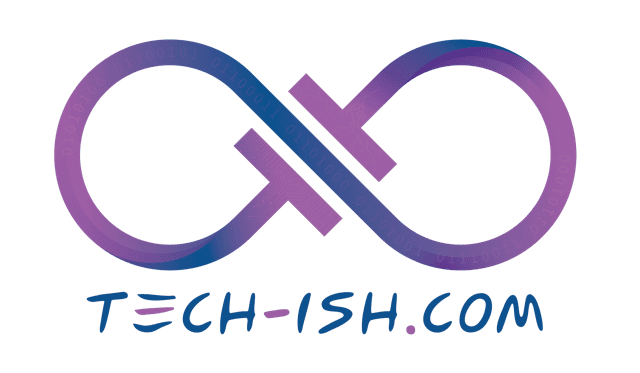
Microsoft has confirmed it will lay off around 6,000 employees globally, representing nearly 3 percent of its workforce. The announcement marks yet another chapter in the tech giant’s long-running pattern of periodic mass layoffs, which have intensified in recent years despite strong financial performance.
The cuts, disclosed on May 13, 2025, come amid a company-wide effort to “flatten management layers” and “increase agility,” as stated by Microsoft CFO Amy Hood. The layoffs affect employees across geographies and job levels, including those at LinkedIn. They are not performance-based but rather part of an organizational streamlining initiative aimed at boosting productivity in a “dynamic marketplace”.
Despite reporting $25.8 billion in net income in its most recent quarter and achieving record-high share prices earlier this year, Microsoft is following the wider tech sector trend of operational tightening in 2025, especially in response to increased spending on artificial intelligence and economic uncertainty.
A Pattern of Cuts: Microsoft’s History of Layoffs
While the latest round of layoffs may feel jarring, they align with Microsoft’s long-standing approach to workforce management. The company has a documented history of large-scale job cuts in response to both internal strategy shifts and broader economic trends:
- 2009: During the global financial crisis, Microsoft laid off 1,400 employees in a single day and planned a further 3,600 cuts over 18 months.
- 2014: Following Satya Nadella’s appointment as CEO, Microsoft conducted its largest layoff in history, eliminating 18,000 roles – around 14% of its workforce at the time. The bulk came from the integration of Nokia’s devices business.
- 2023: As part of a tech industry-wide correction post-COVID boom, Microsoft cut 10,000 jobs across divisions, including the Xbox team. This was around 5% of its global staff.
- 2024: Layoffs continued in waves:
- January: Nearly 2,000 employees were let go from the recently acquired Activision Blizzard division.
- Mid-year: Around 1,000 roles were eliminated, mainly in Azure and HoloLens teams.
- September: Another 650 layoffs hit the Xbox unit, pushing gaming-related cuts to nearly 3,000 jobs in 2024 alone.
- 2025: Before the latest 6,000 layoffs, Microsoft had already initiated a smaller round of performance-based cuts earlier in the year.
This consistent pattern indicates a strategic approach where Microsoft prioritizes restructuring and leaner management as part of its long-term business philosophy, rather than only reacting to financial downturns.
Tech Industry Context: Efficiency in the Age of AI
The 2025 layoffs are not unique to Microsoft. More than 53,000 tech workers across 126 companies have already been laid off this year, according to Layoffs.fyi, continuing a trend from 2023 and 2024 when 264,000 and 153,000 jobs were cut, respectively.
The reasons vary: some companies are responding to slowing revenue growth, others to AI-led operational changes. While Microsoft hasn’t directly attributed the latest layoffs to automation, the company has increasingly leaned on artificial intelligence to streamline operations, including integrating AI features into its flagship products like Copilot across Office and Windows.
Interestingly, Microsoft spent $1 billion less on AI in Q1 2025 compared to the previous quarter but still invested over $21 billion, reflecting a nuanced shift in budget priorities.
What Lies Ahead
For Microsoft, the current wave of layoffs is both a continuation and an evolution. The company is not only shedding jobs but also attempting to realign its structure for faster decision-making, reduced middle management, and more focused innovation in its cloud, productivity, and AI businesses.
However, this focus on internal agility comes at a human cost, affecting thousands of employees across all levels. And while the company remains financially healthy and continues to hire in key growth areas, the volatility in employment reflects deeper uncertainties in the tech sector’s future labor landscape.
Microsoft’s track record shows that these restructurings are rarely one-offs. They often reflect deeper internal recalibrations – and if history is any guide, more waves could follow as the company adapts to changing technologies and market forces.







